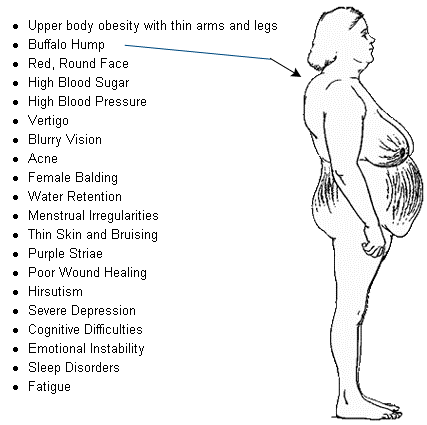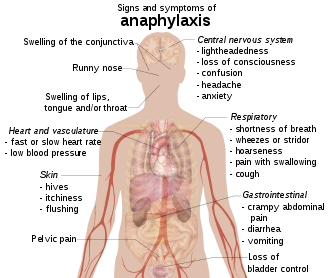Your patient is on long-term prednisone therapy. This patient should have frequent follow-up office visits to assess for which of the following?
Dermatitis and headaches
Heart failure and headaches
Hyperglycemia and osteoporosis
Weight loss and hypoglycemia
The Correct Answer is C
A. Dermatitis and headaches: Prednisone use can sometimes cause skin issues, but dermatitis is not a common side effect. Headaches can also occur, but they are not specific to long-term prednisone therapy.
B. Heart failure and headaches: Prednisone does not directly cause heart failure. Headaches can occur but are not specific indicators of prednisone side effects.
C. Hyperglycemia and osteoporosis: Prednisone can lead to elevated blood glucose levels (hyperglycemia) and increased bone loss (osteoporosis) when used long-term. Regular monitoring is essential to manage these potential side effects.
D. Weight loss and hypoglycemia: Prednisone can cause weight gain rather than weight loss. Hypoglycemia (low blood sugar) is not a common side effect of prednisone; it typically causes hyperglycemia (high blood sugar) instead.

Nursing Test Bank
Naxlex Comprehensive Predictor Exams
Related Questions
Correct Answer is ["B","D"]
Explanation
A. Hypertension: Anaphylaxis often leads to a rapid drop in blood pressure (hypotension) rather than hypertension. Hypotension is a more common symptom because of the severe vasodilation that occurs during anaphylactic reactions.
B. Angioedema: Yes, angioedema is a common clinical manifestation of anaphylaxis. Angioedema involves swelling of the deeper layers of the skin, often around the eyes and lips. It can also affect the throat, which can be life-threatening due to airway obstruction.
C. Petechiae: Petechiae are small red or purple spots that appear on the skin and are caused by bleeding into the skin's tissues. They are not a typical manifestation of anaphylaxis.
D. Bronchospasm: Yes, bronchospasm is a hallmark clinical manifestation of anaphylaxis. It involves the sudden constriction of the airways, leading to difficulty in breathing and wheezing.

Correct Answer is A
Explanation
A. Ototoxicity and Nephrotoxicity:
Ototoxicity: Aminoglycosides can damage the inner ear structures, leading to hearing loss and balance issues.
Nephrotoxicity: These drugs can harm the kidneys, potentially causing acute kidney injury or chronic kidney disease. Monitoring kidney function is crucial to prevent renal damage.
B. Ototoxicity and Cardiotoxicity:
Ototoxicity: As mentioned above, aminoglycosides can damage the inner ear, affecting hearing and balance.
Cardiotoxicity: Aminoglycosides primarily affect the ears and kidneys; they do not directly target the heart. Cardiotoxicity is not a common side effect associated with aminoglycosides.
C. Hepatotoxicity and Nephrotoxicity:
Hepatotoxicity: This term refers to liver damage caused by drugs or toxins. Aminoglycosides are not known to cause liver problems; their primary concern is kidney damage.
Nephrotoxicity: As mentioned earlier, aminoglycosides can harm the kidneys, which is a well-known side effect.
D. Cardiotoxicity and Hepatotoxicity:
Cardiotoxicity: This term refers to the toxic effects on the heart, leading to various heart-related issues. Aminoglycosides do not primarily affect the heart; their main concerns are the ears (ototoxicity) and kidneys (nephrotoxicity).
Hepatotoxicity: Aminoglycosides are not typically associated with liver damage. They are primarily metabolized and excreted by the kidneys, which is why kidney monitoring is crucial during their use.
Whether you are a student looking to ace your exams or a practicing nurse seeking to enhance your expertise , our nursing education contents will empower you with the confidence and competence to make a difference in the lives of patients and become a respected leader in the healthcare field.
Visit Naxlex, invest in your future and unlock endless possibilities with our unparalleled nursing education contents today
Report Wrong Answer on the Current Question
Do you disagree with the answer? If yes, what is your expected answer? Explain.
Kindly be descriptive with the issue you are facing.
